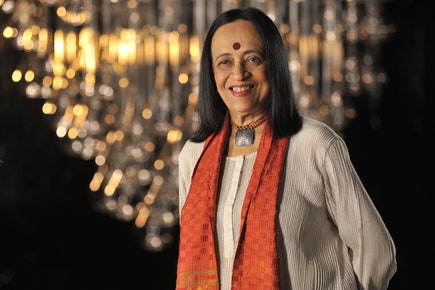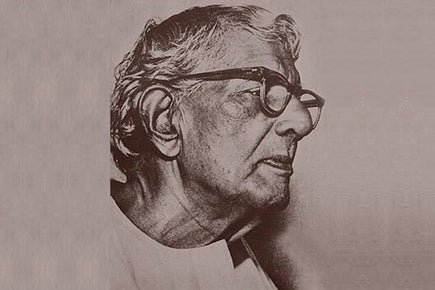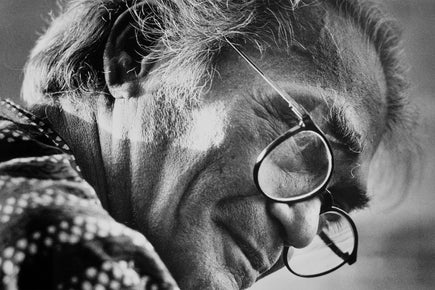The Most Common Motif Designs Found in Tribal Rugs And Their Meanings
Woven by semi-nomadic and nomadic tribes, typically in erstwhile Central Asia, Caucasus, Anatolia, Persia and Kurdish enclaves, tribal rugs are extremely popular amongst collectors around the world. They are handwoven by women in the tribe without a set design or pattern in mind, making each rug truly unique, and an expression of the weaver’s own stories and creativity, with imperfections that add to the beauty.

But while every tribal rug is unique, one can find several motifs, symbols, patterns and designs that are common across them, each with a specific significance or meaning. To better appreciate the beauty of artistic Persian rugs, Caucasian rugs, Kurdish rugs, and other tribal rugs, one needs to understand what the motifs signify. Here’s a look at some of the most common symbols and patterns found in tribal rugs.
1. Boteh
Boteh, or paisley is an ornamental tear-shaped motif design with a curved upper end, symbolising the universe and everlasting life. Sometimes known as ‘the seed of life’, it also represents fertility. In some rugs, one can see multiple paisleys within a larger paisley, which is probably a symbolic representation of the mother’s womb. The paisley motif is also commonly seen in commercial rugs made around the world.

2. Eight-Pointed Star
The eight-pointed geometric symbol represents a star. This common tribal design pattern was mostly woven as a symbol of happiness, but on a spiritual level, it is symbolic of the ability of human beings, to attain a higher level of understanding and wisdom.

3. Ram Horn
In many cultures, a ram horn was used as a wind instrument that was blown by men to summon people together. As a motif, it represents masculinity, power, fertility and heroism, and it is sometimes believed that women who weaved ram horn motifs on rugs, wished for such qualities in their future husband.

4. Diamond
The diamond symbol has meant different things to different nomadic tribes. Some used them to represent human eyes, and the symbol on the rug was meant to ward off against evil glances. In other tribal rugs, diamonds were used to represent women, and when there were two conjoined diamonds, they represented a man and woman.

5. Cross
The cross is one of the most interesting design symbols found in tribal rugs, as it does not necessarily represent Christianity. Instead, the cross represents the “four forces” of nature - earth, air, fire, and water. The purpose of the motif changes when coupled with another motif. For instance, some diamond symbols have crosses in them, which could be interpreted as a way to ward off evil from all four directions.

6. Elibelinde
This motif is widely found in Kurdish and Turkish totemic kilims or flat weaves. Elibelinde literally means ‘hands-on-hips’ in Turkish. The symbol usually has a triangle that represents a woman with inward curled hands on her hips. There are modifications in how the symbol is weaved in different rugs. The elibelinde icon is believed to represent fertility and motherhood.

7. Scorpions and Spiders
Tribespeople feared scorpions and spiders because of their poisonous venom. They would store their jewellery in a way that it resembled the shape of a scorpion, to protect the items from getting stolen. And so, motifs of venomous creatures such as spiders and scorpions on a rug, served to protect the tribe from evil forces.

8. Mihrab
The Mihrab is a niche in the wall of a mosque, that indicates the qibla, or direction of the Kaaba (House of God) in Mecca. The mihrab motif, that looks like an arched doorway, is generally featured on Muslim prayer rugs or Islamic prayer rugs. Tribesmen would place the rug with the mihrab facing the direction of the Kaaba, during prayer.

9. Camel
The camel was an important animal for nomadic tribes, assisting in transportation. Since camels can withstand the harsh desert climate, they often symbolized strength and endurance. Alternatively, they can also represent prosperity, since only nomads with wealth could afford to keep the animals.

10. Fish
Kurdish, Turkish, and Persian rugs are replete with the fish motif. Commonly known by their Persian name, ‘mahi’, these motifs are often depicted in an elongated form, like the mahi-mahi fish, and are believed to bring good luck and prosperity.

11. ‘S’ Shaped Motif
A very common border motif, the ‘S’ shape is sometimes weaved geometrically, while other times, it is curvy. The motif is believed to be based on the Zoroastrian symbol of the sun and is usually seen in multitudes. It is also considered a protective motif, meant to ward off against the evil eye. The inverted ‘S shape’ is called the hook, which is also a common design pattern seen in tribal rugs.

12. Mountains
The zigzag line motif designs, often found along the borders of the rugs, represent mountains. They could be a depiction of the mountain peaks that surrounded the village or encampment of the tribes, or more philosophically, could also represent hardships in life that one must climb over and overcome.

13. Peacock
Motifs of different birds found in rugs usually symbolise happiness and love. But the peacock motif depicts nobility and grandeur. On a spiritual level, the tribes aspired to have an opulent mind, akin to the exterior beauty of the peacocks.

14. Running Water
Nomadic tribes lived under harsh climatic conditions, and water was a very precious resource. As running water symbolises life everywhere, its motif, indicated using different patterns in rugs, was a symbol of the importance and auspiciousness of running water.

15. Guls
Gul is a medallion-like design commonly found in tribal as well as commercial rugs. Derived from the word ‘gol’ in Persian, it means flower, or rose. Memling Gul is a depiction of the gul named after Hans Memling, a famous Flemish painter from the 15th century. He used to paint guls in his Christian paintings, and the Memling Gul is seen often in tribal rugs.

There are many motifs found in antique tribal rugs, and it is their significance and meaning, that makes each rug come alive. So the next time you see a beautiful old tribal rug, look for those symbols and patterns, because they have a story to tell.


























































































